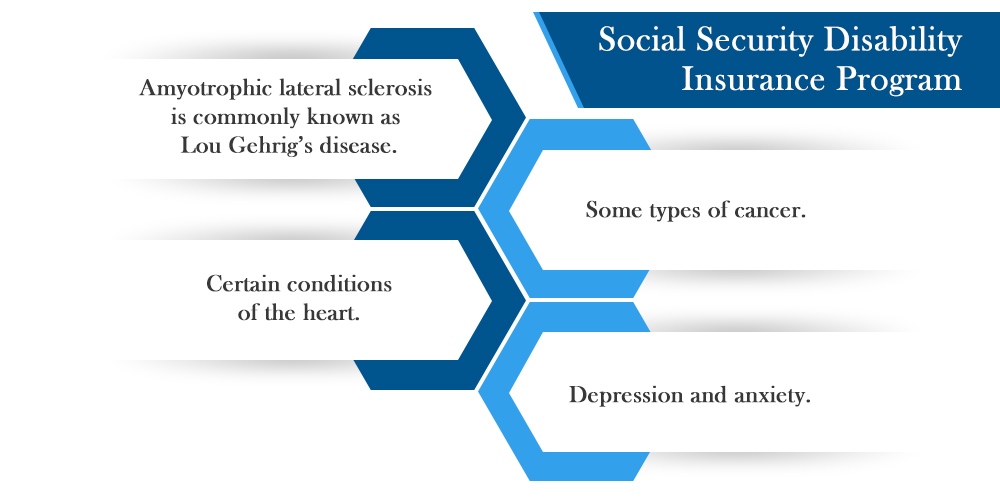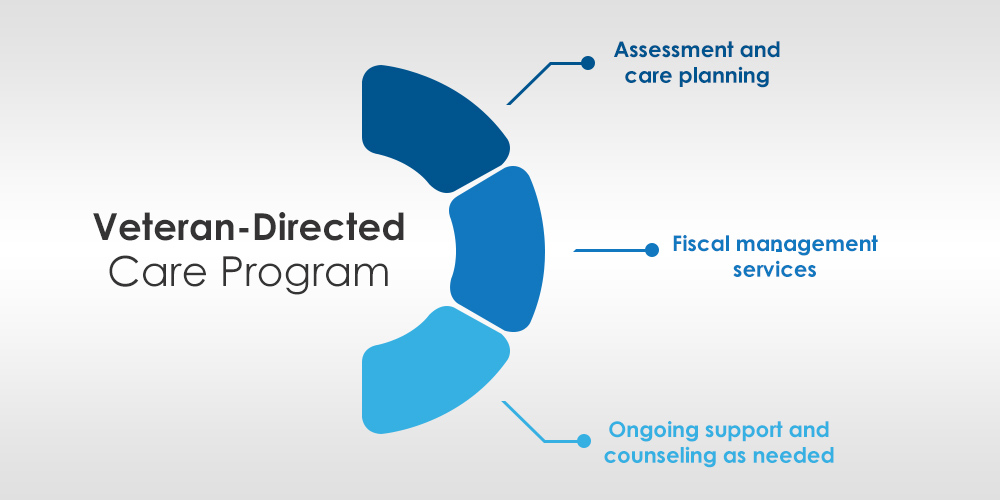When you or a loved one suffers from a disability, different kinds of financial difficulties could arise including outstanding bills, medical expenses, and loss of income. In order to get through such tough times, an application may be filed before the Social Security Administration (SSA) for benefits through the Social Security Disability Insurance (SSDI) and Supplemental Security Income (SSI) programs.
A disability could also give rise to the need for assistance from a caregiver. The need for a caregiver may arise from the very beginning of the disabling condition or it may arise due to the worsening of the medical condition entitling the disabled person to SSDI or SSI benefits. However, SSDI and SSI programs do not take care of caregiver benefits. The Social Security disability (SSD) lawyers.
These are federal programs that provide monetary benefits to those who are rendered unable to work due to a disability. Social Security disability lawyers are dedicated to helping the disabled community and finding new ways to help them cope with the inconvenience caused by their disabling medical condition.
If you are acting as a caregiver for a family member who suffers from a disability, you may be considering finding ways to get paid for your services. While the Social Security Disability Insurance and Supplemental Security Income benefits may not take care of the caregiver expenses, there are some programs that do render some help in managing these necessary expenses. Here is all the information that you may need about caregiver benefits.

Social Security Disability Insurance Program
You can qualify for SSDI benefits only if you have paid Social Security taxes on income from jobs or through self-employment for a long enough duration. Secondly, they must also suffer from, a medically determinable physical or mental impairment that has lasted for at least 12 months, or is expected to last for 12 months, or is expected to result in death. The SSA has listed several medical conditions as meeting the criteria for impairments that meet the SSDI definition to determine if a person qualifies to be disabled, including:
- Amyotrophic lateral sclerosis is commonly known as Lou Gehrig’s disease.
- Certain conditions of the heart.
- Some types of cancer.
- Depression and anxiety.
The Listing of Impairments maintained by the SSA includes several disabling medical conditions, some of which may require the assistance of a caregiver on a daily basis. It is, however, surprising that the SSDI does not directly provide benefits to or for caregivers. The beneficiary is, of course, free to pay a family member or any other person for the assistance they provide as a caregiver. Moreover, if your spouse qualifies for SSDI, you could receive monthly benefits of an equivalent of 50% of the SSDI benefits payable to your spouse.
The SSDI benefit payments that you receive will not reduce the benefits that your spouse is entitled to receive, but the highest possible amount payable as SSDI and family benefits cannot exceed 150% to 180% of the disability payment.
However, to qualify for family benefits, you must be at least 62 years old or older. The age requirement will not apply if you are a caregiver for a child younger than 16 years of age or a disabled child under the age of 22. Benefits that you receive each month as the spouse of a disabled person may be regarded as an indirect payment for caregiver services provided to a family member with a disability.
Supplemental Security Income Program and Caregiver Services
The SSI is a need-based program designed to provide benefits to people with limited income and resources out of SSI who are disabled, blind, or aged 65 or older. It may also provide benefits to blind or disabled children. However, there is no requirement for prior work history, earnings record, or work credits to qualify for SSI benefits. Unlike SSDI benefits, the Supplemental Security Income is not a federal insurance program but a need-based program.
However, in the same way, that SSDI does not offer any benefits to caregivers, you will not get any benefits through the Supplemental Security Income program. Even though SSI benefits do not pay for caregiver benefits, there may be an option to avail yourselves of those benefits through Medicaid Self-Directed Care. A person who qualifies for SSI benefits would also be eligible for Medicaid.
Medicaid Self-Directed Care Pays Caregivers
Individuals who qualify for SSI benefits are also entitled to Medicaid coverage. The program is designed to pay health care expenses to low-income individuals. The funding for this program comes from both the federal government and the states, but the administration rests with the states.
The program was set up in the year 1965 under Title XIX of the Social Security Act. The federal government is responsible for laying down the basic guidelines for Medicaid but since the administration is left to the states, there are some minor variations depending upon the state including eligibility of guidelines and coverage of services.
This program gives an option to a disabled person to choose a person, including a family member, who can serve as a caregiver, and payment is made for that caregiver through the Medicaid program.
Veteran-Directed Care Program
It was formerly known as the Veteran-Directed Home and Community-Based Services program. However, in 2018, it was rechristened as the Veteran-Directed Care program. It is intended to help veterans at risk of being placed in a nursing institution for healthcare. The program allows them to choose to stay at home while availing themselves of the required nursing assistance.

Under this program, the veterans are given a budget to manage and pay for long-term services in consultation with a program counselor appointed to provide guidance to the veterans, their families, and their caregivers for the following purposes-
- Assessment and care planning.
- Fiscal management services.
- Ongoing support and counseling as needed.
Veterans enrolled under the VA health care system are considered eligible for the Veteran-Directed Care program. However, to qualify for benefits under this program, they must undergo a screening process to decide whether they need the offered services.
A veteran will generally be considered for availing services under this program if assistance is required for daily activities like bathing, getting dressed, or cooking meals. Assistance under this program can be sought through the local VA medical centers.
Program Of Comprehensive Assistance For Family Caregivers (PCAFC)
The PCAFC program is applicable to veterans who suffer from a VA disability of a minimum of 70%. However, the benefit of this program is available to only two categories of veterans-
- Those who suffered disability or worsening of an existing disability while on active duty on or before May 7, 1975.
- Those who suffered disability or worsening of an existing disability on or after September 11, 2001.
Also, the veteran must require at least six months of personal care services. If this condition is met, a family member can be designated as a caregiver. The designated caregiver is called the primary caregiver and the veteran can choose two other family members as secondary caregivers.
The primary caregiver is entitled to the following benefits under the PCAFC program:
- A monthly stipend paid under the program.
- Healthcare facilities through the Civilian Health and Medical Program of the VA.
- Mental health counseling services.
- Allowances for taking the veteran to appointments.
- A 30-day annual break through a substitute caregiver.
The secondary caregivers to get similar facilities and benefits as the primary caregiver.
Insurance policies
Apart from the federal programs, the terms of your private health insurance policy may authorize payments to caregivers chosen out of the family. However, it entirely depends on the terms of your insurance policy. You may consult an SSI lawyer to determine whether your policy contains terms for paying benefits to a family caregiver.
Family Medical Leave Act And State Laws
The Family Medical Leave Act is a federal law that allows 12 weeks of annual unpaid leave to serve as a caregiver for a family member. The legislation does not allow caregiver payments and is applicable to employers having 50 or more employees, there are few states that have their own laws offering wider benefits.
In fact, 11 states offer family and medical leave, but it may be available only to employees working for larger employers and meeting the threshold of the specific law. Such restrictions make the state laws somewhat similar to federal law.
Experienced SSD lawyer
An SSD lawyer has the knowledge and experience to offer good advice and representation in matters related to SSD benefits, including how a family member may receive caregiver benefits for taking care of a family member with a disability. we have an experienced team of disability lawyers and attorneys eager to help you or your loved ones in case of a disability. If you want to get paid for taking care of a disabled family member.


One Reply to “How To Get Paid To Take Care of A Family Member With Disability?”
In July last year, I started on Lou Gehrig’s disease TREATMENT PROTOCOL from Health Natural Centre (ww w. healthnaturalcentre. org). One month into the treatment, I made a significant recovery. After I completed the recommended treatment, almost all my symptoms were gone, great improvement with my movement and balance. Its been a year, life has been amazing